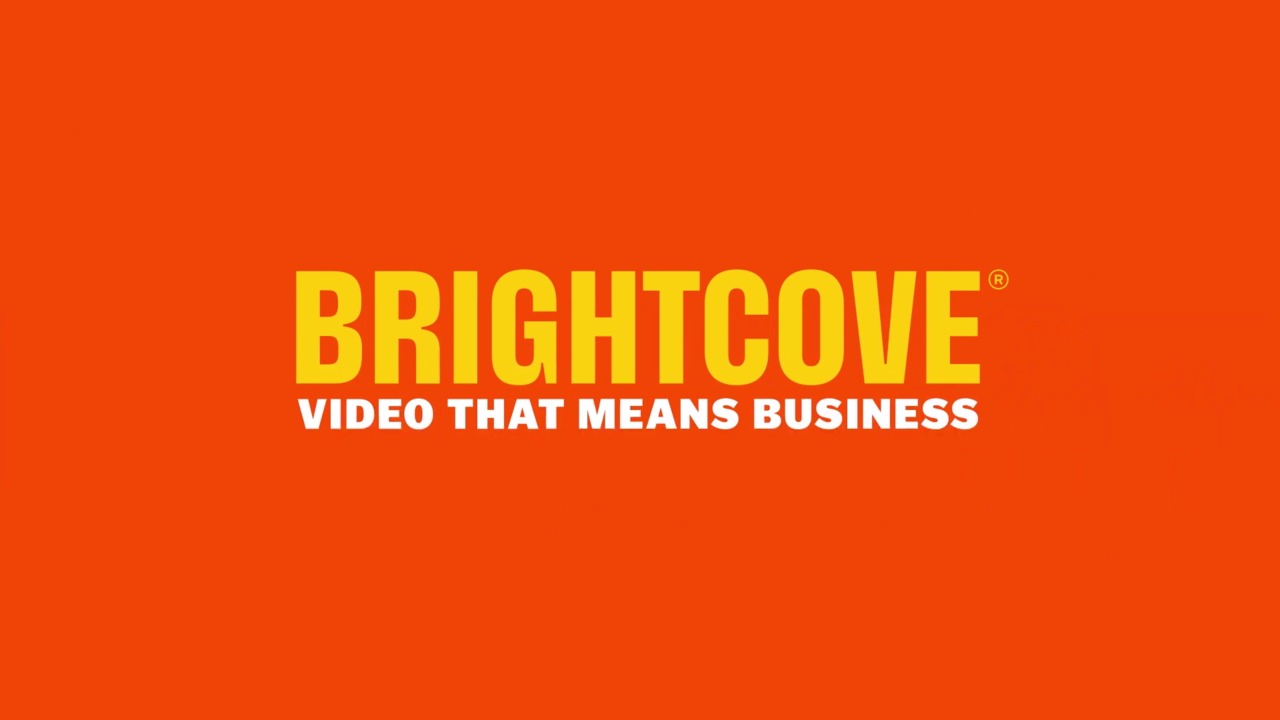If you ask me, the August 5th coverage of NASA’s Curiosity rover landing on Mars was the most exciting event of the year – but not necessarily for the reasons you’d think.
Certainly it was a wildly successful execution of an extreme challenge, one that holds massive implications for the future of space exploration and the potential colonization of other planets in our solar system. It also served to revitalize interest in NASA and to remind us why space exploration is such a stimulating and wondrous possibility. As a fan of technology in general, I’d be lying if I said that didn’t get me excited.
But there’s another thing about this event that’s even more thrilling to me: more fans of this mission watched its progress online versus those opting to follow the events on cable television, myself included. Mashable reports that Ustream, a live video streaming website, had over 3 million viewers tune in to watch the Mars rover’s tense and exhilarating descent on its NASA HDTV, NASA JPL, and NASA JPL 2 channels, while Nielsen’s ratings for the cable news channels covering the event added up to just over 1.7 million viewers.
We’d be remiss to claim that, once and for all, the Web has finally overtaken cable as consumers’ preferred primetime media platform. This was a scientific and very “geeky” event, one that appeals to the kind of technically-minded individuals willing to turn to online channels for these types of events. Cable coverage of the landing was also just a feature of a larger news segment, as opposed to a dedicated event. And let’s not forget that, for TV viewers, coverage was competing with heavy-hitting Olympic events like the men’s 100m Track final, Gymnastics, Beach Volleyball, and others.
Still, it’s a monumental occasion when online viewership for such a large one-time event surpasses the standard lean-back cable experience. And for me, at least, it was exponentially more engaging and exciting. Ustream’s awesome social features like Check-in and Chat let me converse with others watching the event in real-time across the globe, and encouraged me to invite friends to the stream to share the experience with me. Plus, since I was already on my PC, I was able to geek out about how cool the Curiosity rover is and learn about what NASA plans to do during the mission.
All in all, Sunday’s events have me more excited than ever for the future. Not just the future of space exploration (although that’s undeniably cool), but also for the future of engaging, social, real-time coverage of important events that leverage the interactive nature of the Web to bring something to the experience that cable TV can’t.

